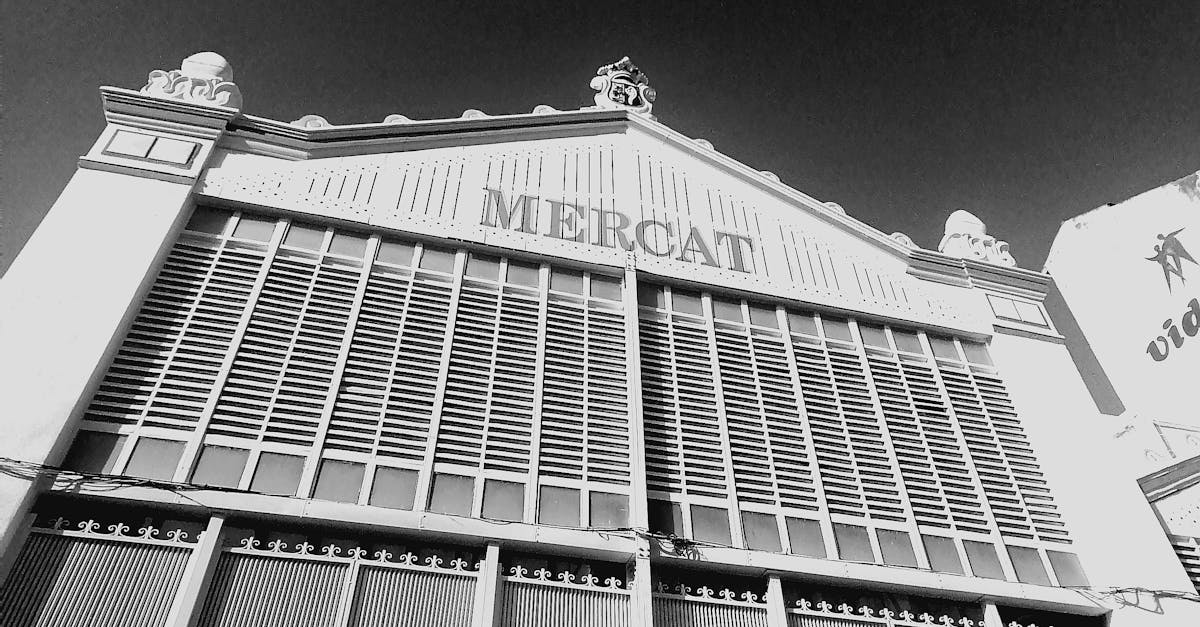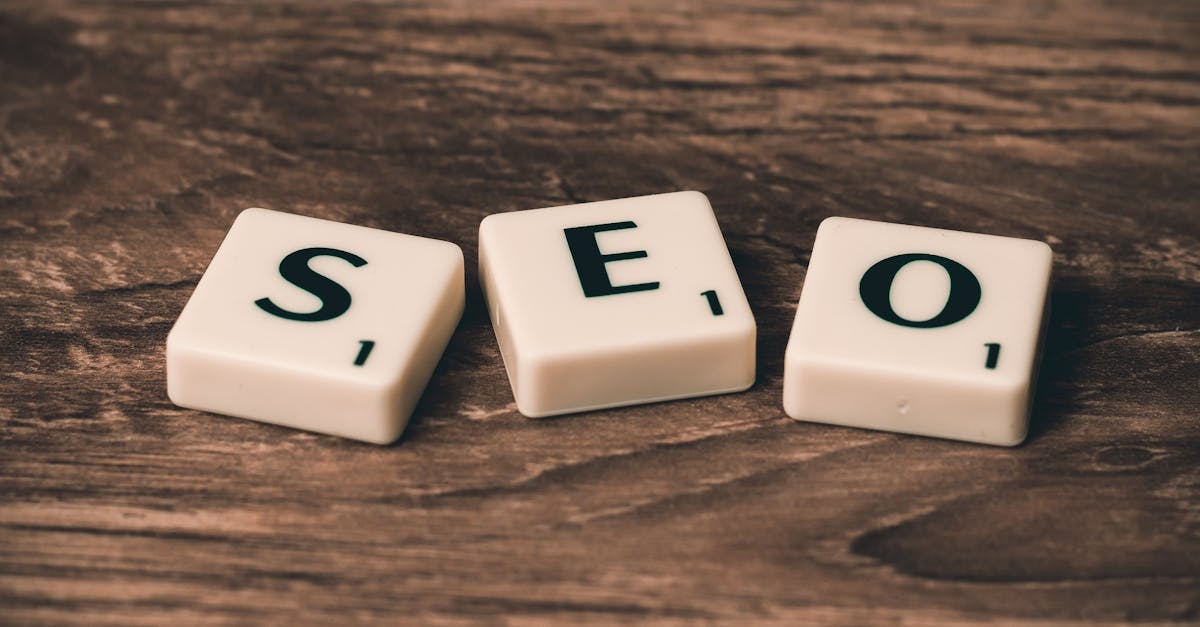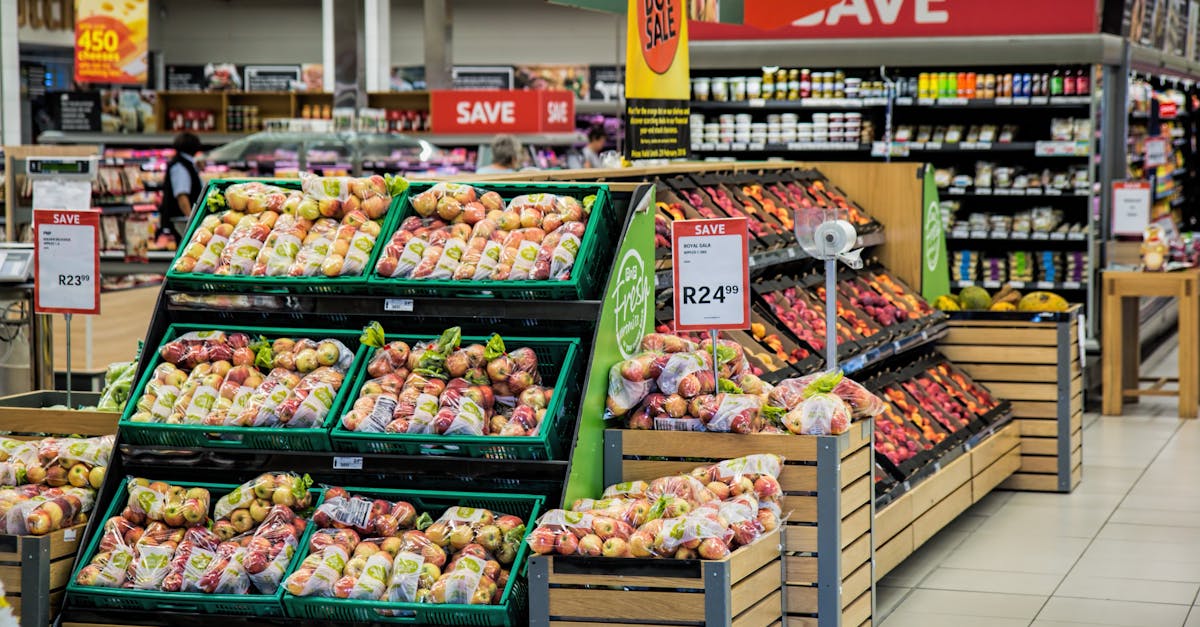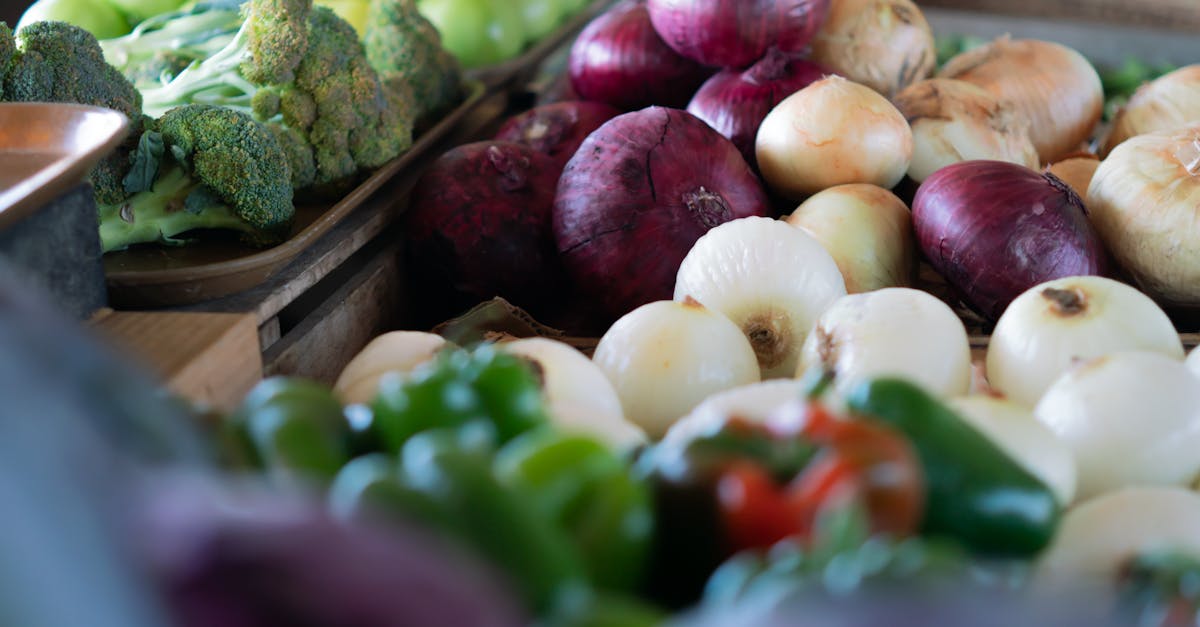
Table Of Contents
The Relationship Between CPC and ROI
The connection between Cost-Per-Click (CPC) and Return on Investment (ROI) is critical for anyone utilising Pay-Per-Click (PPC) Advertising. High CPC can indicate competitive keywords, which may lead to increased visibility but can also strain budgets. Striking the right balance ensures that the investment in CPC translates effectively into revenue while managing the overall advertising spend.
Tracking the impact of CPC on ROI requires careful analysis and continuous optimisation. Advertisers must assess which keywords drive the most conversions and whether the associated costs justify their use. By focusing on refining campaigns, it becomes possible to enhance ROI while minimising excessive CPC, making each click more valuable to the overall marketing strategy.
Maximising Returns on Your Advertising Spend
Maximising returns on your advertising spend requires a strategic approach to Pay-Per-Click (PPC) Advertising. Start by setting clear objectives for your campaigns. Understanding your target audience and what resonates with them allows you to create ads that drive relevant traffic. Utilising tools like A/B testing can help refine your ads over time. This process ensures that your investment yields maximum effectiveness, as you can identify what works best.
Another key factor is continually monitoring and adjusting your campaigns. Keeping an eye on metrics such as click-through rate, conversion rate, and cost-per-conversion can reveal insights into your ads’ performance. Regularly optimising your keyword selection and ad placements can help lower costs while enhancing visibility. By being proactive in your management of Pay-Per-Click (PPC) Advertising, you position your business to achieve better results and enhance your overall return on investment.
Geographic Influences on CPC
Geographic factors significantly impact Cost-Per-Click (CPC) in Pay-Per-Click (PPC) Advertising. Different regions exhibit varying levels of competition among advertisers, influencing the amount businesses are willing to bid. Urban areas, for instance, often have higher CPC due to greater competition for visibility, while rural areas may present opportunities for more cost-effective advertising options. Additionally, regional economic conditions can affect consumer spending habits, further altering CPC dynamics.
Understanding the geographical landscape is essential for optimising PPC strategies. Advertisers must analyse regional preferences and market behaviour to identify which areas yield the best return on investment. Tailoring campaigns to specific locations can enhance engagement with the target audience while potentially reducing overall CPC costs. By leveraging insights about local trends and competition, advertisers can make informed decisions that align with their spending objectives.
Regional Variations in CostPerClick
Cost-per-click (CPC) can vary significantly across different geographical regions, influenced by local market conditions and competition. In urban centres where demand for specific products or services is high, advertisers may encounter elevated CPC rates. This rush for visibility often drives prices up, making it essential for businesses to consider their target audience's location when planning their Pay-Per-Click (PPC) advertising strategies.
Regional nuances in consumer behaviour also impact CPC rates. For instance, individuals in metropolitan areas may exhibit different purchasing patterns compared to those in rural regions. Understanding these variations can guide advertisers to allocate budgets effectively, ensuring optimal returns. Tailoring campaigns to specific demographics and locales allows businesses to leverage insights from regional data, enhancing the efficiency of their Pay-Per-Click (PPC) advertising efforts.
The Role of Keywords in CPC
Keywords are pivotal in determining the Cost-Per-Click (CPC) in Pay-Per-Click (PPC) Advertising campaigns. The selection of effective keywords can drastically influence overall costs. High-competition keywords often lead to higher CPCs, as numerous advertisers compete for the same audience. Identifying long-tail keywords or less competitive phrases can significantly lower costs while still driving targeted traffic to a website.
Effective keyword strategies also involve understanding user intent. Keywords that accurately reflect what potential customers are searching for can improve click-through rates and conversion rates. This relevance not only helps in attracting qualified leads but can also lead to lower CPC through ad quality improvements. By focusing on the right keywords, businesses can maximise their returns on investment in the competitive landscape of Pay-Per-Click (PPC) Advertising.
Selecting Keywords that Minimise Costs
Choosing the right keywords is a critical step in minimising costs in Pay-Per-Click (PPC) Advertising. Opting for long-tail keywords often leads to lower competition and more targeted traffic. These keywords typically have a lower cost-per-click, making them an attractive option for advertisers keen on staying within budget. Additionally, they often align better with user intent, which can improve conversion rates.
Another strategy involves regularly reviewing and refining your keyword list. This process allows advertisers to identify underperforming keywords that may be leading to wasted spend. By eliminating or replacing these terms with more cost-effective alternatives, one can enhance the overall efficiency of their PPC campaigns. Staying informed about trends and shifts in user behaviour can also provide insights into emerging keywords that might offer better value.
FAQS
What is CPC in PPC advertising?
CPC, or Cost-Per-Click, is a pricing model used in pay-per-click advertising where advertisers pay a fee each time one of their ads is clicked. It is a crucial metric for measuring the effectiveness of online advertising campaigns.
What constitutes a good CPC for PPC campaigns?
A good CPC varies depending on the industry, competition, and specific goals of the campaign. Generally, a lower CPC that still achieves high conversion rates is considered good, as it indicates efficient spending of the advertising budget.
How can I maximise returns on my advertising spend?
To maximise returns, focus on targeting the right audience, selecting high-performing keywords, optimising ad copy, and continuously monitoring and adjusting your campaigns based on performance data.
Do geographic factors influence CPC rates?
Yes, geographic factors can significantly influence CPC rates. Different regions may have varying levels of competition and demand for certain keywords, leading to regional variations in cost-per-click.
How do keywords affect CPC in PPC advertising?
Keywords play a vital role in determining CPC as their competitiveness directly impacts costs. Selecting keywords that are relevant, have a lower competition level, and align with your target audience can help minimise CPC while maintaining effective ad placements.

















































